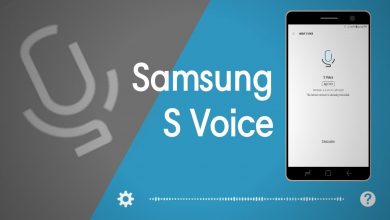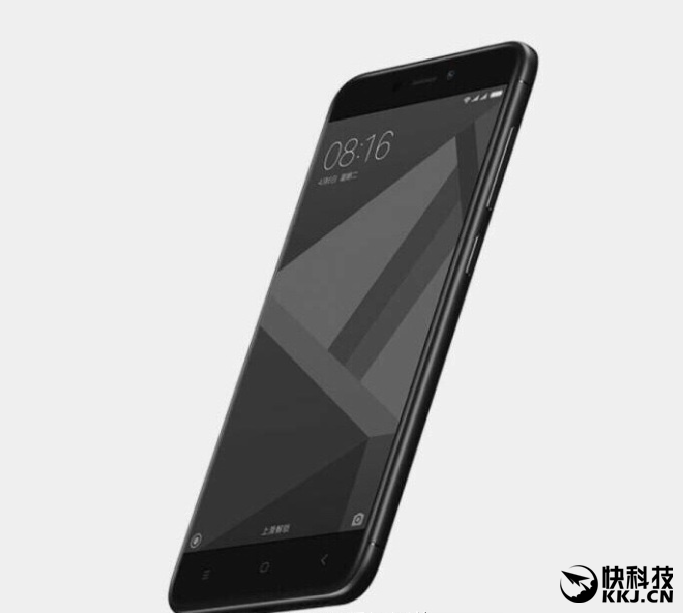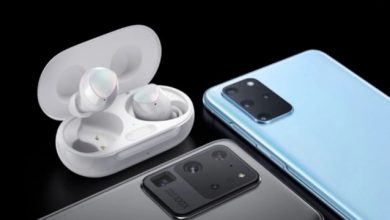When marshmallow came out because of the many fiasco’s of lollipop , many people said that marshmallow was what lollipop should have been and with the better performance battery wise and grass root permissions marshmallow was indeed a good makeover.On the other hand with the drop of the many Developer previews of Android N , it really is turning out to be so much of a delight.Free form windows mode and native 3D touch support and so much more the latest scramble of the source code is hinting at something that looks like Native VR support . Yes you read that right ! and its very exciting too.
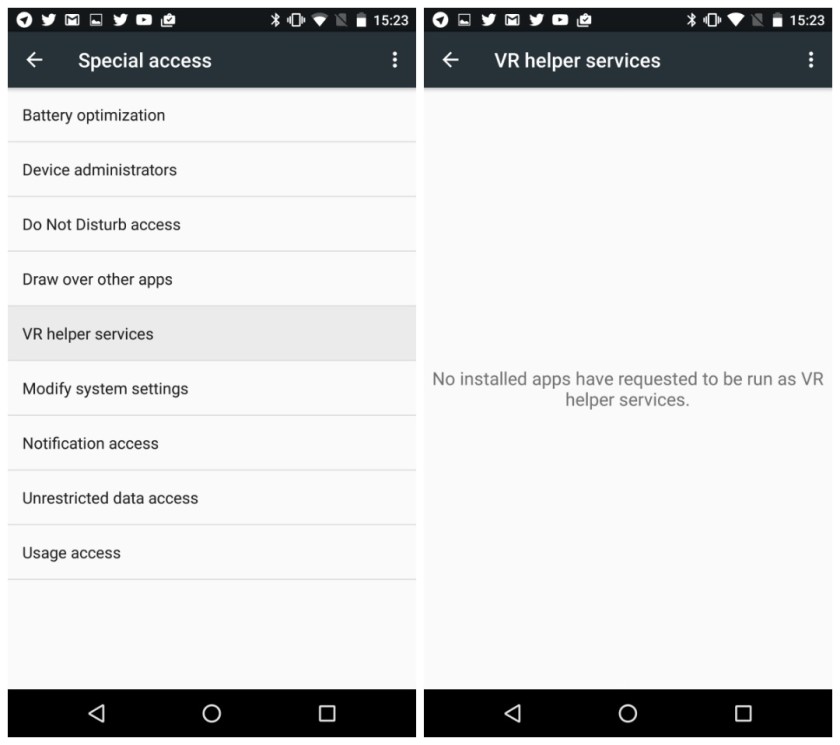
3 such mentions of VR services have been discovered by Ars Technica in the latest update of the Android N Developer Preview.The first is a slightly difficult one to find and is a menu option . Hit the settings option > Apps > Settings(the gear option on the right corner)>special access and one of the many special access services has an option of VR helper services.
From the looks of it , certain apps have the capability to self-identify as VR helpers and will request access to the API which the user must grant access too . Once that’s done the VR helper apps will kind of prompt a VR mode pop up and a VR listener hints of which are also present in the source code of the latest Developer Preview.
Ron Amadeo from Ars Technica goes on to say that “In the settings strings there’s a permissions warning related to the VR service that states “[app name] will be able to run when you are using applications in virtual reality mode.” It sounds like when Android kicks over into whatever this VR mode is, the helper app will be able to pop up and do… something.”
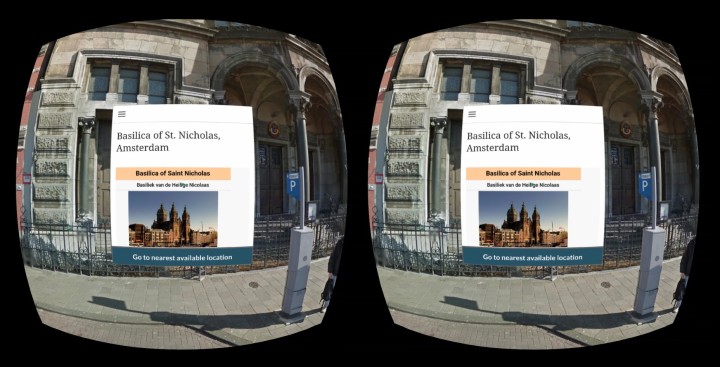
Further digging into the Android N framework revealed existence of a new custom hardware “config_sustainedPerformanceModeSupported.” Sustained Performance is something that is very lacking in the mobile SoC’s of today. They are highly capable of loading , drawing and working an app on a 2D surface and then going back to sleep to save power, however if it were to be used for a prolonged period then the app will quickly push the GPU and CPU to its thermal limit and throttling will then set in. This is exactly what happened with the first gear VR where it couldn’t handle the extended usage and actually kicked the user out of VR because it got too hot.With the implementation of Sustained Performance it looks like VR will have a better future as it can possibly buffer the performance of the CPU and GPU in such a way as to serve for longer periods of time.
Of course all this is just speculation and it isn’t certain that it would come into effect , the current phase of Android N still being a Developer Preview , but with Google taking the high road from Google Cardboard into the real lines of VR and the Project Tango Smartphone which will require its own Google VR Headset it does seem convincing for Google to officially bring out native VR API support.
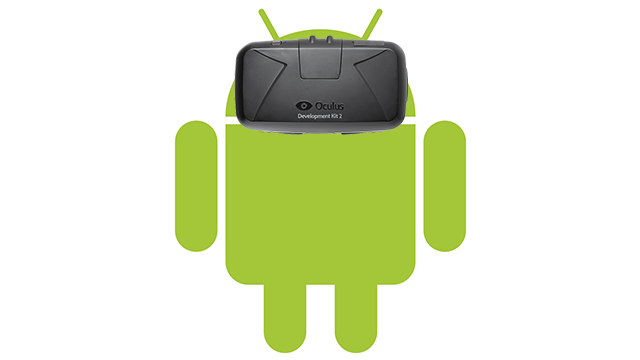
What does Native VR support mean for the future and what do you think about it ? Let us know in the comments below! Also, we will keep you updated on anymore news regarding this furistic plans of Android Development! 🙂

